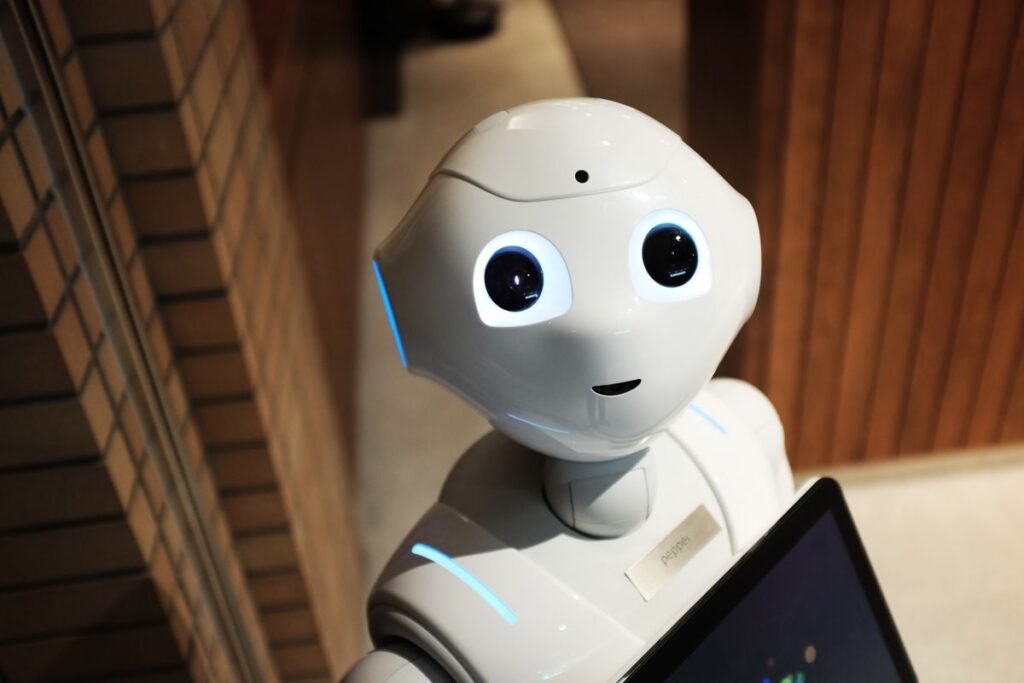Overview: A Quantum Leap with Topological Qubits
Microsoft’s Majorana 1 is the world’s first quantum processor built on topological qubits, a revolutionary architecture named after physicist Ettore Majorana’s 1937 theory of particles that act as their own antiparticles. This chip represents a 17-year R&D journey, culminating in a scalable, error-resistant design that could unlock practical quantum computing “in years, not decades” .
Key Innovations
- Topological Qubits:
- Unlike traditional superconducting or trapped-ion qubits, Majorana 1 uses Majorana zero modes (MZMs)—exotic quasiparticles that store quantum information non-locally, making them inherently resistant to environmental noise .
- These qubits are formed in an H-shaped nanowire structure (called a “tetron”) combining indium arsenide (semiconductor) and aluminum (superconductor), fabricated atom by atom under near-absolute-zero temperatures and magnetic fields .
- Topoconductor Material:
- The chip relies on a novel topological superconductor (“topoconductor”), a new state of matter distinct from solids, liquids, or gases. This material enables the creation and control of MZMs, shielding quantum data from decoherence .
- Digital Control & Measurement:
- Unlike analog-controlled qubits, Majorana 1 uses voltage pulses to toggle measurements via quantum dots (tiny capacitors). This digital approach simplifies operations and reduces error correction overhead .
- Measurement accuracy is ~99%, with errors occurring only once per millisecond due to electromagnetic interference .
Scalability: The Million-Qubit Vision
- Current Prototype: The chip hosts 8 topological qubits but is designed to scale to 1 million qubits on a palm-sized device—a critical threshold for solving industrial-scale problems .
- Goldilocks Design: The qubits’ size avoids the pitfalls of overly small (control challenges) or large (space constraints) designs, enabling integration into Azure data centers .
- Tiling Architecture: The H-shaped qubits can be “tiled” across the chip, simplifying scaling. Microsoft likens this to replacing vacuum tubes with transistors in classical computing .
Applications: Solving Humanity’s Grand Challenges
Microsoft envisions Majorana 1 enabling breakthroughs in:
- Environmental Sustainability:
- Designing catalysts to break down microplastics into harmless byproducts .
- Materials Science:
- Simulating self-healing materials for infrastructure (e.g., bridges, airplanes) or consumer tech (scratch-resistant screens) .
- Healthcare & Agriculture:
- Optimizing enzymes for drug discovery or drought-resistant crops .
- AI Synergy:
- Teaching AI the “language of nature” to design materials or molecules on demand, bypassing trial-and-error R&D .
Partnerships & Validation
- DARPA Collaboration: Microsoft is advancing to the final phase of DARPA’s US2QC program, aiming to deliver a utility-scale, fault-tolerant quantum computer by 2035 .
- Peer-Reviewed Research: A Nature paper confirms the creation of topological qubits, though some researchers remain cautious pending scaled-up results .
Challenges & Skepticism
- Technical Hurdles: Fabricating defect-free materials and maintaining ultra-low temperatures (-273°C) remains complex .
- Unproven Scale: Critics note that while the architecture is promising, achieving a million qubits requires years of engineering .
Roadmap & Future Outlook
Microsoft’s six milestones outline a path to a quantum supercomputer by 2031–2035:
- Create & control MZMs (achieved in 2023).
- Develop error-resistant qubits (Majorana 1).
- Scale to multi-qubit systems.
- Build fault-tolerant prototypes .
Conclusion
The Majorana 1 chip is not just a technical marvel—it’s a paradigm shift. By marrying quantum mechanics with materials science, Microsoft aims to transform industries and tackle existential challenges. While hurdles remain, the fusion of topological qubits, AI, and scalable design positions this chip as a cornerstone of the quantum future.
For deeper insights, explore Microsoft’s Nature paper or DARPA’s US2QC program. Azure Link




